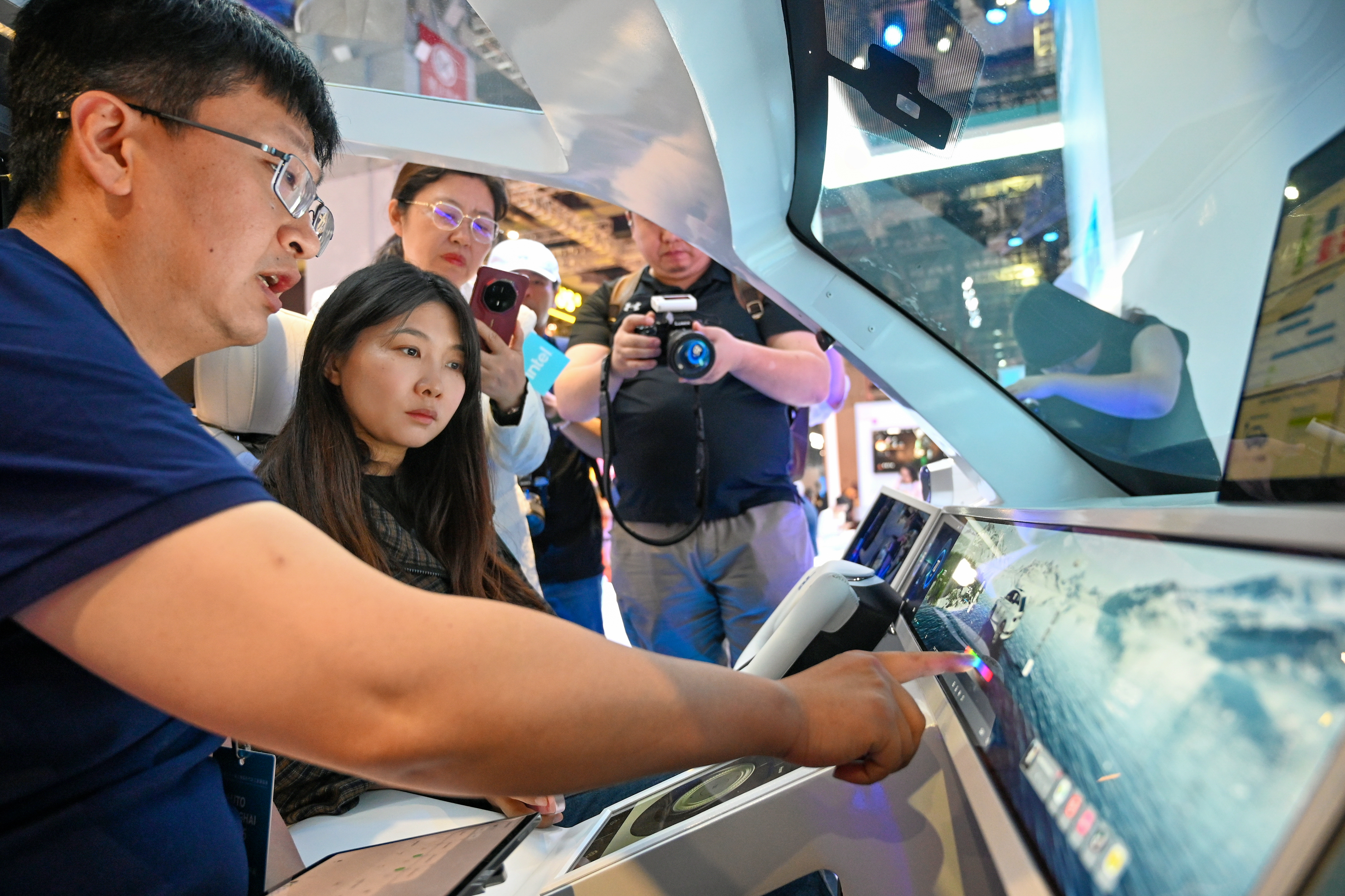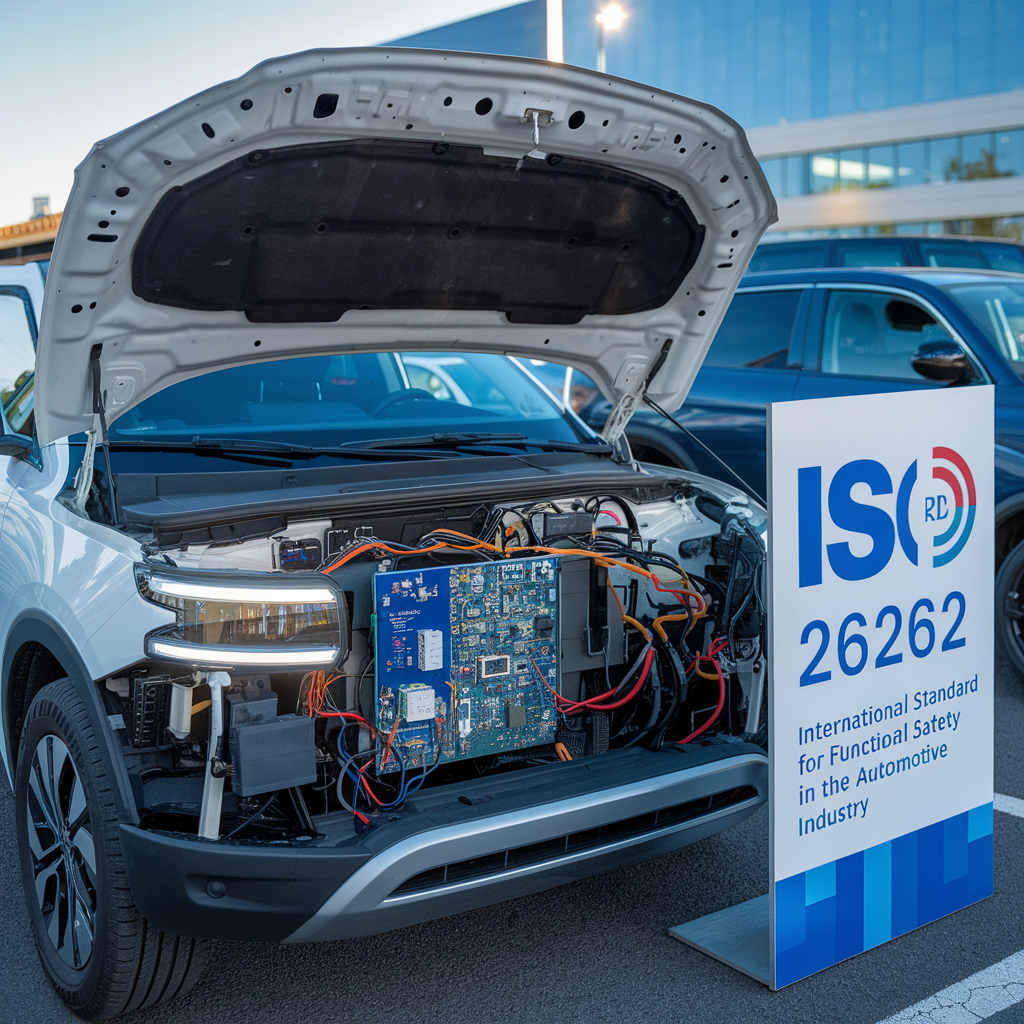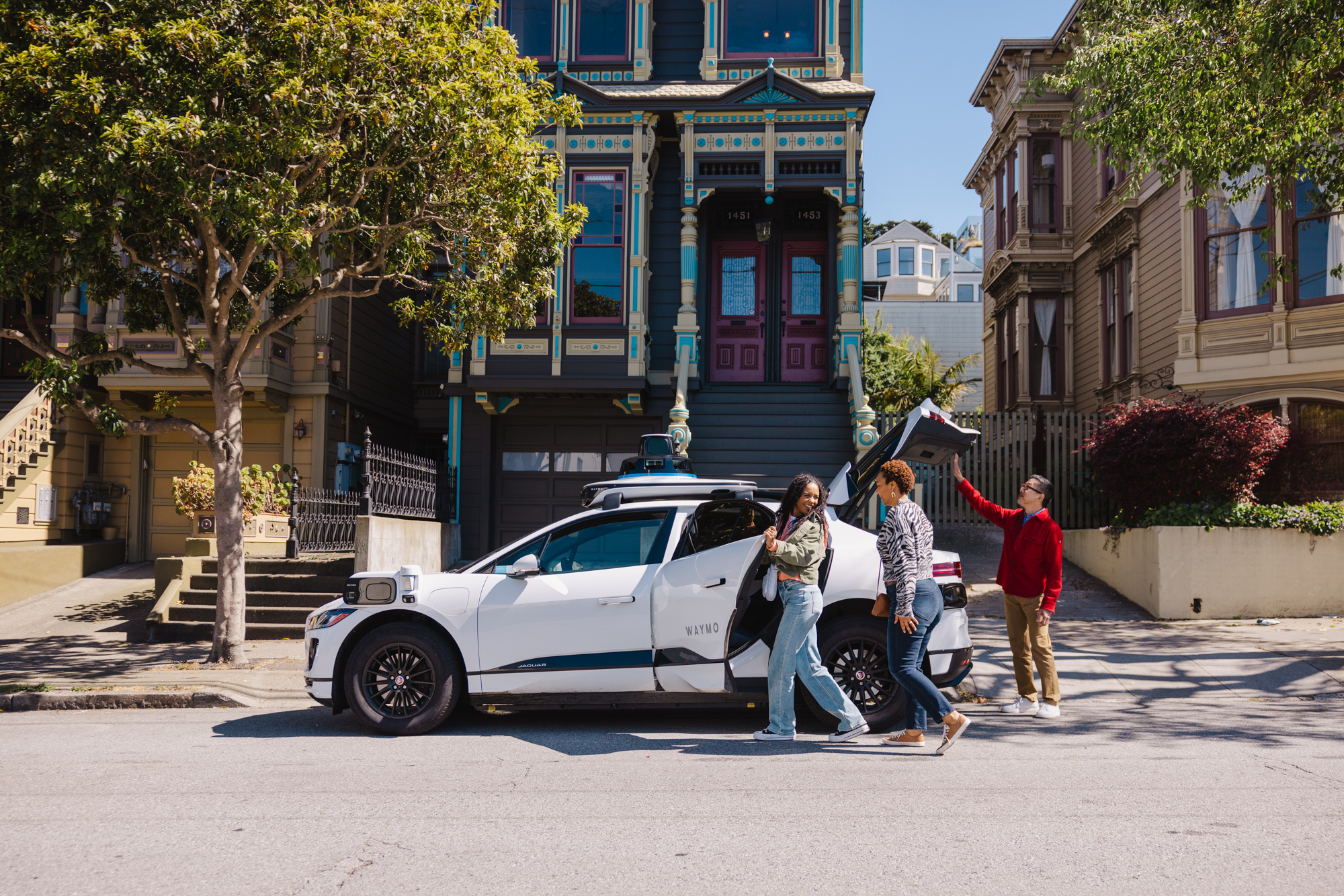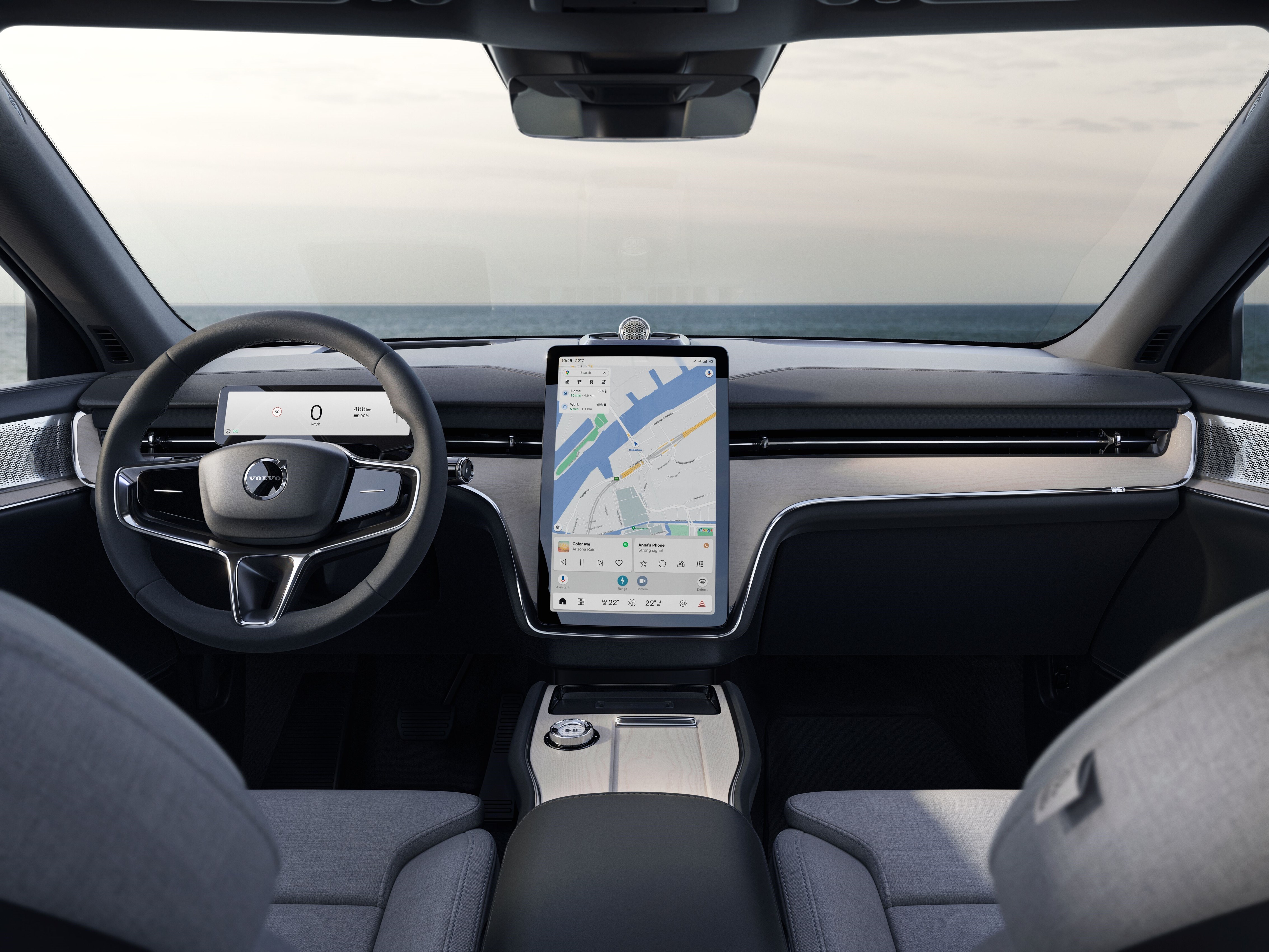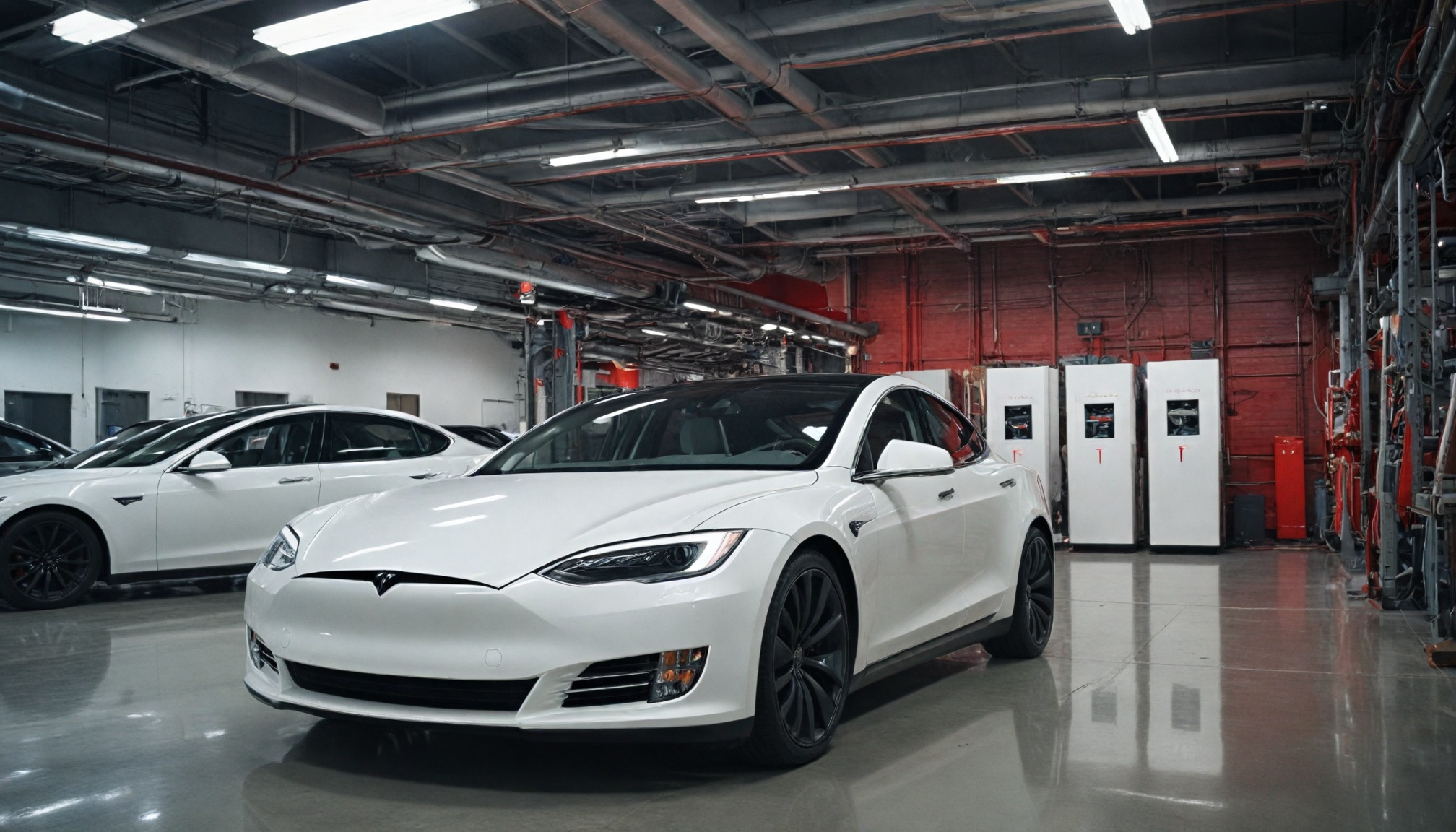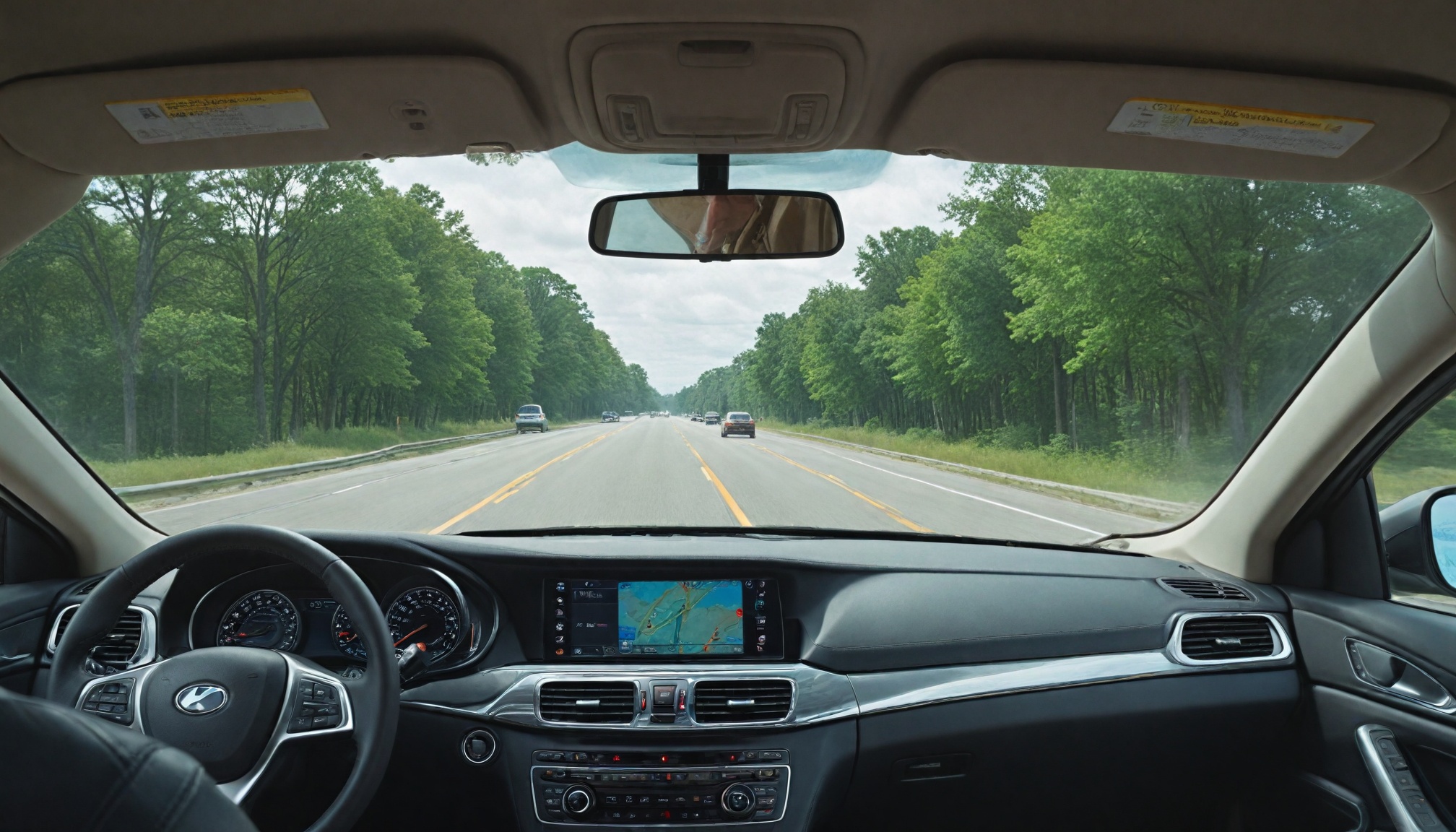
Automotive windshields evolve from simple barriers to smart displays with AR, HUDs, and sensors—transforming driver experience while balancing innovation and safety concerns.

Drivetech Partners
Today's automotive windshields are transforming from simple protective barriers to sophisticated information hubs that integrate heads-up displays, augmented reality, and advanced sensor systems directly into the driver's field of vision. This dramatic evolution represents a pivotal shift in how we interact with vehicles, blurring traditional boundaries between car functionality and digital interfaces while forcing automakers to balance technological innovation with driver safety.
Key Takeaways
The automotive windshield market is projected to grow from $20.4 billion to $46.2 billion by 2034, reflecting the rapid integration of smart technologies
Modern windshields increasingly serve as platforms for augmented reality displays that overlay navigation, hazard warnings, and vehicle information in the driver's line of sight
Over 1.2 million automotive tech patents have been filed in just three years, with 619,000 related to gesture control and AR/VR interfaces
Automakers face the critical challenge of providing enhanced information while avoiding driver distraction and cognitive overload
As vehicles approach autonomy, windshield displays are being reimagined to serve both drivers and passengers, fundamentally changing the in-car experience
The Evolution of Automotive Glass: From Protection to Information Hub
The humble windshield has evolved dramatically from its origins as a simple barrier against wind and debris. Today's smart windshields integrate sophisticated digital technologies that transform them into interactive information platforms. The rapid development of heads-up displays (HUDs), augmented reality (AR) systems, and sensor integration has fundamentally changed how drivers interact with their vehicles.
This transformation is driving substantial market growth. The automotive windshield sector is expected to expand from $20.4 billion in 2025 to $46.2 billion by 2034, achieving a compound annual growth rate of 9.5%. This impressive trajectory reflects how critical these components have become to modern vehicle design and functionality.
Leading automakers like BMW, Tesla, Audi, and Mercedes-Benz are pushing innovation boundaries with features that extend well beyond traditional windshield functions. These include:
Panoramic glazing that enhances aesthetics and cabin ambiance
Lightweight materials that improve fuel efficiency, particularly crucial for electric vehicles
Smart coatings providing UV protection and thermal control
Integrated sensors supporting advanced driver assistance systems (ADAS)

The Safety Paradox: Information Overload vs. Enhanced Awareness
As windshields evolve into information hubs, automakers face a critical challenge: how to provide more information in the driver's line of sight without creating dangerous distractions. This fundamental safety paradox sits at the heart of smart windshield development. According to AAA, we can expect a five-fold increase in infotainment systems in new vehicles within five years, raising significant safety concerns about driver attention and focus.
Augmented reality HUDs offer potential solutions by overlaying critical information directly onto the road ahead. These systems can highlight hazards, display navigation cues, and provide vehicle status updates without requiring drivers to look away from the road. This capability is particularly valuable in challenging visibility conditions like night driving or fog, where traditional displays might require dangerous glances away from the road.
Voice recognition technology has emerged as another key safety feature, with adoption expanding dramatically from 37% of vehicles in 2012 to 55% in 2019. This hands-free approach allows drivers to control vehicle systems while maintaining visual focus on driving conditions.
Gesture Detection and Hands-Free Control: The New Interface Paradigm
The automotive industry is experiencing an innovation explosion, with over 1.2 million tech patents filed in just the past three years. A remarkable 619,000 of these patents relate to gesture and AR/VR interface innovations, highlighting the industry's focus on creating more intuitive vehicle interaction methods.
These new interfaces combine gesture sensing, gaze recognition, and voice commands to enable what engineers call "eyes-on-road, hands-off" interaction. BMW's "Natural Interaction" system exemplifies this approach, allowing drivers to control vehicle functions through a combination of gestures, gaze direction, and voice commands. Other key players advancing this technology include Apple, Porsche, Microsoft, Honda, and Cox Enterprises.
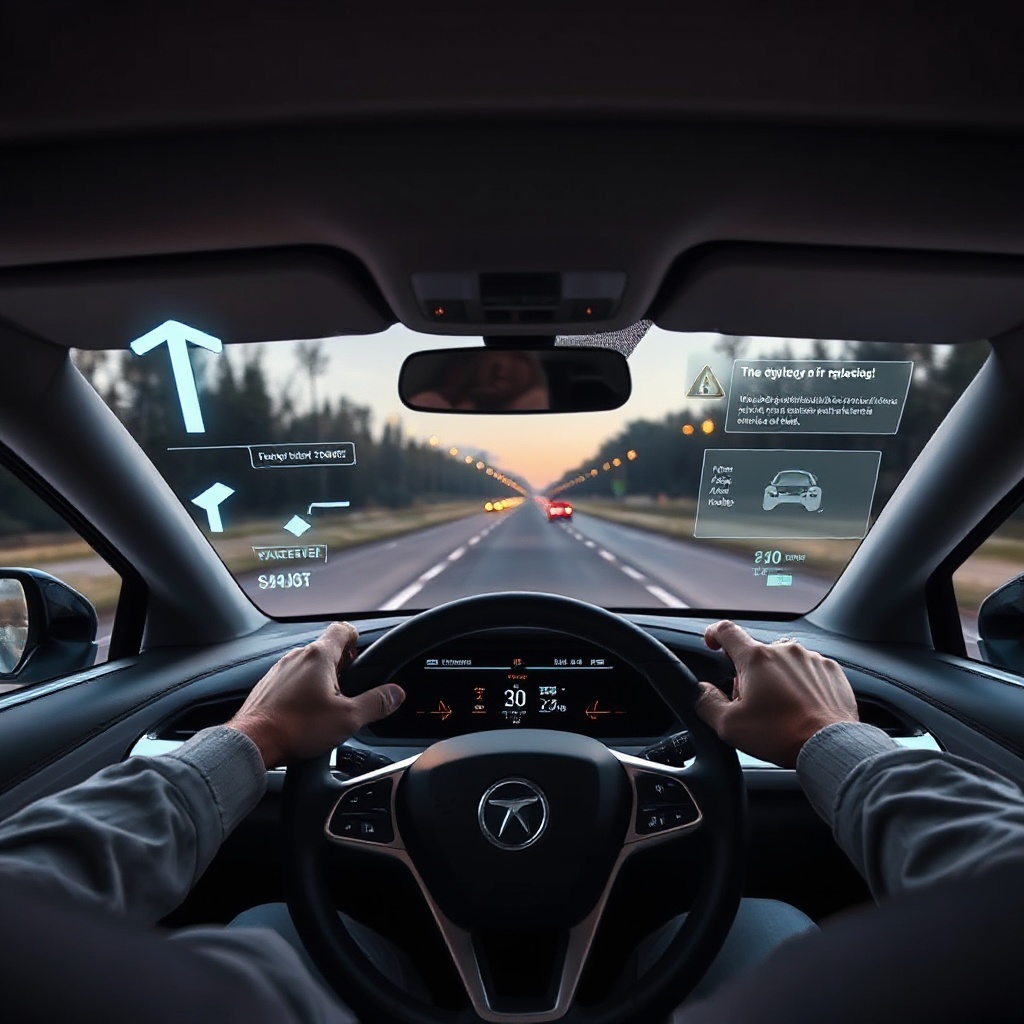
While these technologies reduce physical distractions by eliminating the need to press buttons or touch screens, they introduce new challenges in cognitive processing and user adaptation. Drivers must learn new interaction methods and manage the mental workload of processing information presented in novel ways.
ADAS Integration and the Path to Autonomous Driving
Modern windshields have become critical housing platforms for cameras and sensors that enable advanced driver assistance systems (ADAS). These components support essential safety features like lane-keeping assistance, emergency braking, and driver monitoring systems. The rise of connected and autonomous vehicles is driving demand for robust, recalibratable windshields that can support increasingly complex sensor packages.
As vehicles advance toward autonomy, the traditional concept of displays is being reimagined for both drivers and passengers. This evolution is blurring conventional roles within the vehicle and changing how information is presented to occupants. The proper integration of ADAS with AR displays has shown potential to enhance driver awareness and reaction times in critical situations.
The integration of these technologies presents significant challenges. Windshield-mounted sensors require precise calibration, and any replacement or repair must maintain exact positioning to ensure ADAS systems function correctly. This complexity has transformed what was once a simple repair into a sophisticated recalibration process requiring specialized equipment and expertise.
Material Innovation and AI-Powered Diagnostics
Material science is advancing rapidly to support these new windshield functions. Laminated glass with polyvinyl butyral (PVB) interlayers now offers superior impact resistance, safety, and acoustic control. These acoustic laminated windshields significantly reduce cabin noise, enhancing comfort during long drives and improving the effectiveness of voice recognition systems.
AI systems are revolutionizing windshield diagnostics by detecting microfractures before they become visible to the human eye, automating repair recommendations, and predicting maintenance needs. These AI diagnostic capabilities could potentially save $2.5 billion annually for the repair industry through early intervention and optimized repair procedures.
Manufacturers are increasingly focusing on eco-friendly, recyclable materials and sustainable production processes to align with environmental regulations and consumer environmental concerns. This shift supports broader industry sustainability goals while meeting market demand for greener vehicle components.
The Passenger Experience Revolution
Next-generation infotainment systems are extending connectivity, streaming media, and productivity tools to every vehicle occupant, not just the driver. This expansion transforms vehicles into mobile living and working spaces, particularly relevant as autonomous driving technology advances.
Panoramic and smart glass solutions enhance both aesthetics and comfort, particularly in electric and luxury vehicles. Features like adaptive tinting, thermal control, and interactive displays transform windshields into dynamic interfaces that respond to both environmental conditions and user preferences.
As the distinction between driver and passenger roles continues to fade, especially with the development of autonomous vehicles, user interface design must accommodate multiple users with different needs. This multi-user approach requires careful consideration of how information is presented, prioritized, and controlled by various occupants.
Challenges in Implementation and Adoption
Despite the exciting potential of smart windshield technology, several significant challenges remain. High development and production costs create substantial barriers to widespread adoption, particularly in mid-market and economy vehicles. Complex calibration requirements for ADAS-integrated windshields increase repair complexity and costs, potentially leading to higher insurance premiums and maintenance expenses.
Privacy and security concerns are growing as windshields collect more data about vehicle occupants and surroundings. This data collection raises questions about who owns this information and how it might be used by manufacturers, insurers, and other third parties.
Regulatory frameworks are still evolving to address safety standards for AR displays and their potential for distraction. As technology advances faster than regulation, automakers must balance innovation with responsible implementation to ensure new features enhance rather than compromise safety.
The Future Roadmap: Where Vehicle Glass Technology Is Heading
Looking ahead, several emerging technologies promise to further transform automotive glass. Integration of solar cells into windshields could supplement EV charging and power auxiliary systems, extending range and reducing energy consumption. Biometric integration for driver authentication, personalization, and even health monitoring capabilities could make vehicles more responsive to occupant needs and enhance security.
We can expect expanded AR capabilities that seamlessly blend digital information with the physical environment, creating more intuitive and contextually aware interfaces. Cross-vehicle communication will enable windshields to display data from other vehicles and infrastructure directly in the driver's line of sight, enhancing safety through improved situational awareness.
As these technologies mature, they will fundamentally change how we interact with our vehicles and how vehicles interact with their environment. The windshield is no longer just a window to the road—it's becoming the primary interface between driver, vehicle, and the world around them.
Sources
Autobody News - Auto Glass Trends for 2025: ADAS, Smart Glass and the Future of Vehicle Safety
GlobeNewswire - Automotive Windshield Market Analysis Report 2025-2034
GMIC - Smart Glass Technologies: Innovations Transforming the Automotive Industry
Save Auto Glass - Auto Glass Innovations for 2025: Enhancing Vehicle Safety and Technology
Space Coast Daily - AI and Automation in Windshield Diagnostics and Repair
Just Auto - Innovators: Cloud, Gesture Sensing, AR/VR Interfaces - Automotive
